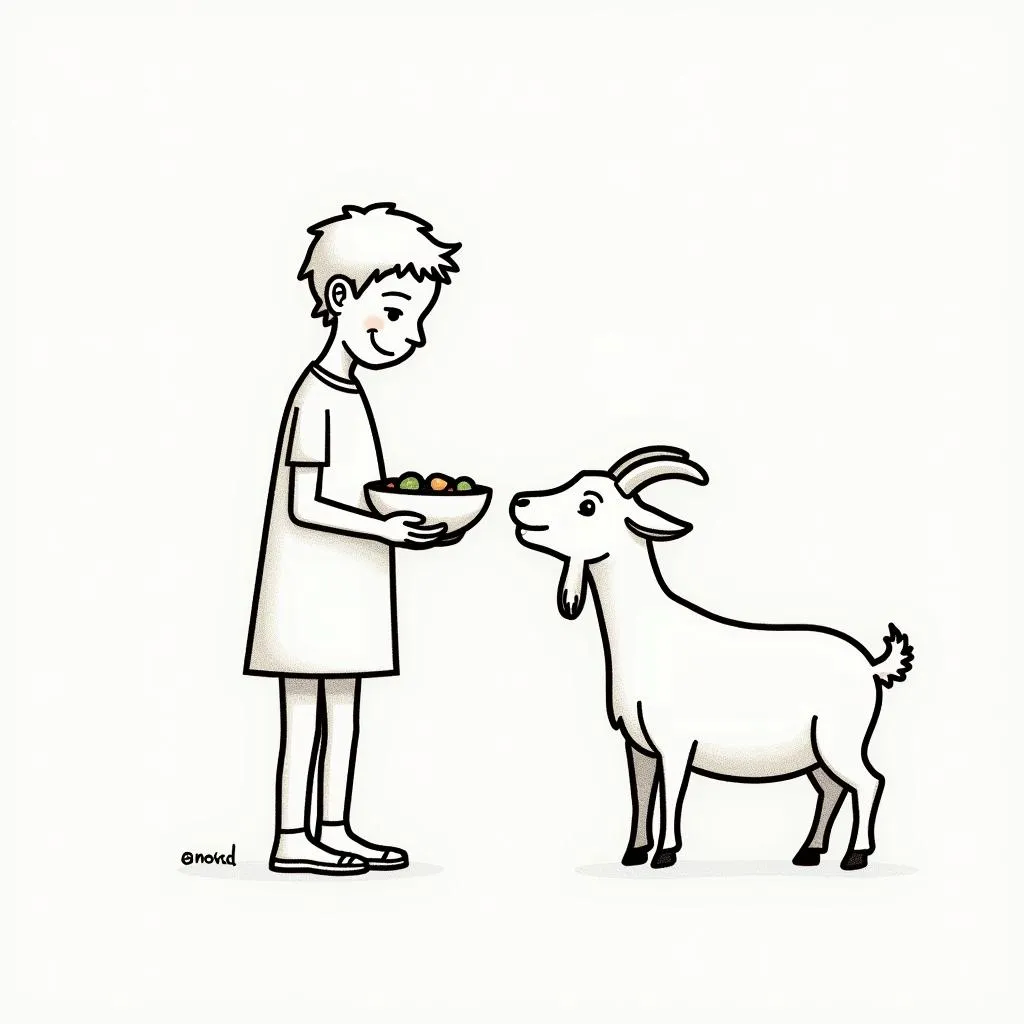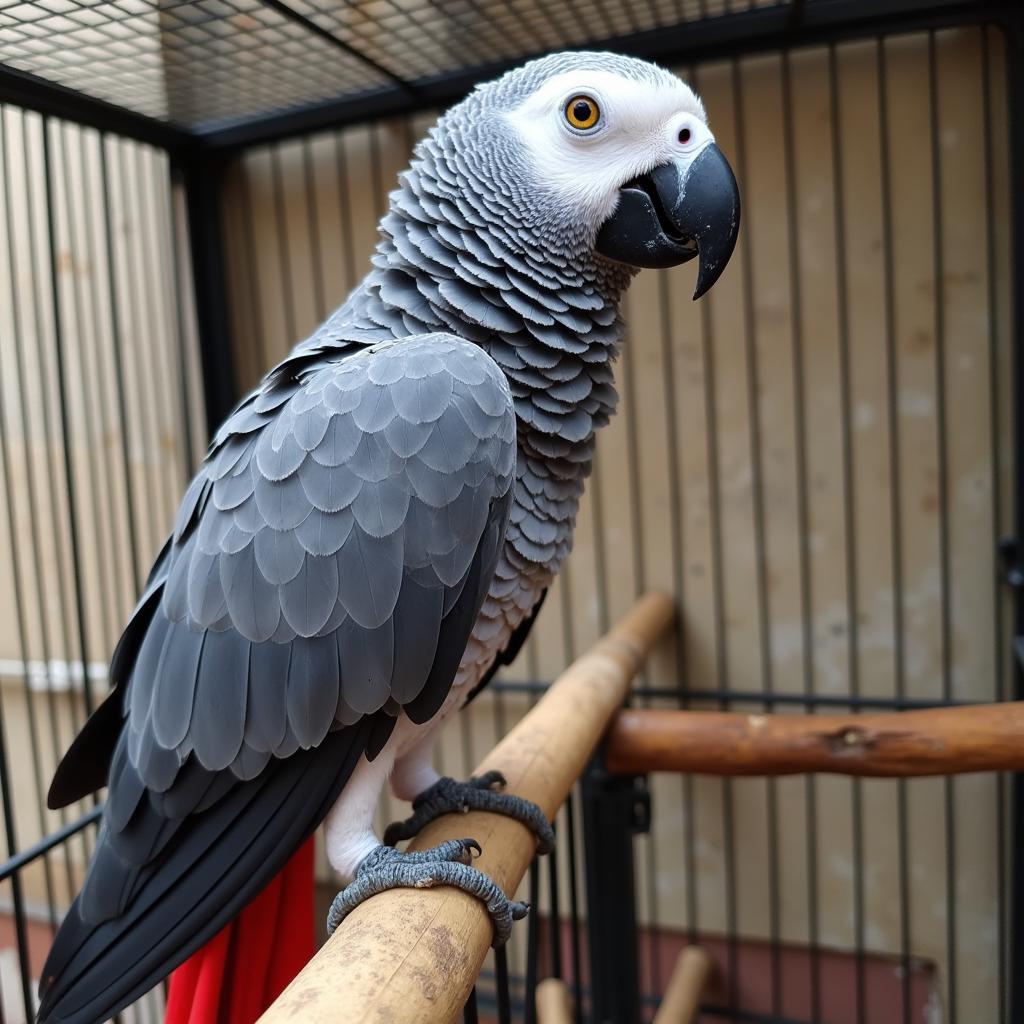The African Hook Knife: A Versatile Tool Steeped in Tradition
The African Hook Knife, a tool as intriguing as its name suggests, holds a significant place within various African cultures. More than just a blade, it represents a legacy of craftsmanship, practicality, and cultural identity passed down through generations. This article delves into the multifaceted world of the African hook knife, exploring its history, uses, and enduring cultural relevance.
A Blade with Many Names and Forms
The African hook knife, also known as a beak knife, curved knife, or ring knife, is recognizable by its distinctive curved blade and handle often ending in a ring. While its design remains consistent, the knife exhibits variations across regions, reflecting the diverse needs and artistic sensibilities of different communities. From the meticulously crafted knives of the Makonde people in East Africa to the sturdily built tools favored by West African farmers, each variation tells a story of cultural adaptation and innovation.
More Than Just a Tool: Unveiling the Hook Knife’s Versatility
The African hook knife is a testament to ingenuity, seamlessly blending form and function. Its unique shape lends itself to a wide array of tasks, making it an indispensable tool in various aspects of daily life.
In the Hands of an Artisan: Sculpting, Carving, and Beyond
For skilled artisans across Africa, the hook knife transcends its utilitarian purpose to become an extension of their creativity. It’s a crucial tool in:
- Woodcarving: From intricate masks and statues to beautifully crafted everyday objects, the hook knife allows artisans to carve with precision, bringing their artistic visions to life.
- Gourd carving: The hook knife’s curved blade excels at hollowing out gourds, transforming them into intricately decorated containers, musical instruments, or even elaborate works of art.
Beyond the Workshop: Everyday Uses of the Hook Knife
The hook knife’s utility extends far beyond artistic endeavors, proving invaluable in everyday tasks:
- Agriculture: Farmers rely on its sharp, curved blade for harvesting crops, pruning branches, and other agricultural activities.
- Fishing: In coastal communities, the hook knife assists in preparing fishing nets, crafting fishing lures, and cleaning fish.
“The hook knife is like an extra finger, essential for everything from tending to my crops to repairing my fishing nets,” shared Abasi, a fisherman and farmer from the coast of Tanzania. “It’s been a part of my family for generations.”
Preserving Tradition: The Hook Knife in a Modern World
While the world embraces modernization, the African hook knife stands as a symbol of enduring tradition. Its continued use serves as a bridge between the past and the present, keeping alive ancestral knowledge and craftsmanship.
Passing Down Heritage: The Art of Making and Using the Hook Knife
The knowledge of crafting and using a hook knife is traditionally passed down through families and communities, ensuring the preservation of this vital skill. Young apprentices learn from experienced elders, mastering not only the technical aspects but also the cultural significance embedded in every curve and angle of the blade.
A Cultural Icon: The Hook Knife’s Enduring Legacy
Beyond its practicality, the African hook knife has secured its place as a cultural icon. It’s frequently:
- Featured in traditional ceremonies and rituals, signifying its importance within the cultural fabric.
- Presented as a symbol of respect and honor to individuals within a community.
The African hook knife is more than just a tool; it represents a rich tapestry of history, skill, and cultural identity. It’s a tangible link to the past, reminding us of the ingenuity and resilience of African communities while simultaneously finding relevance in the modern world. As we appreciate the intricate carvings, skillfully crafted tools, and the stories these knives hold, we acknowledge the enduring legacy of the African hook knife.



